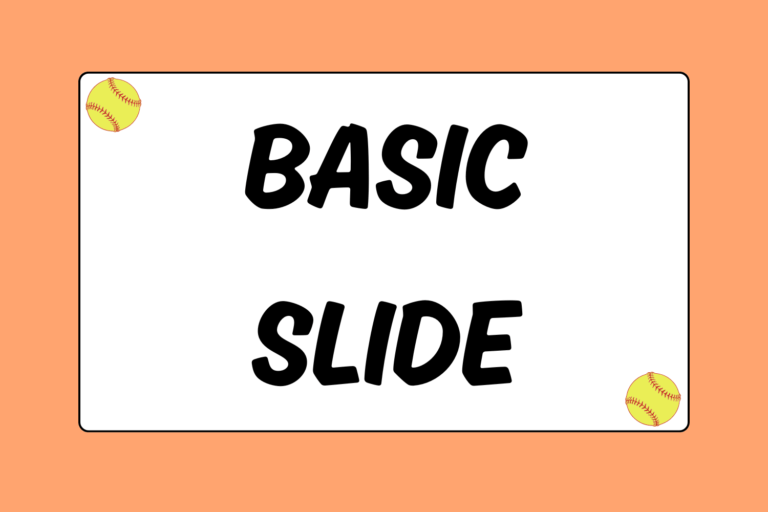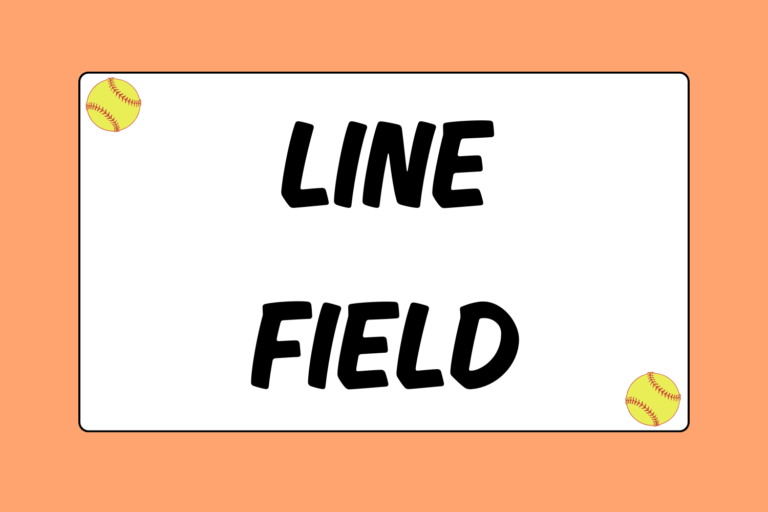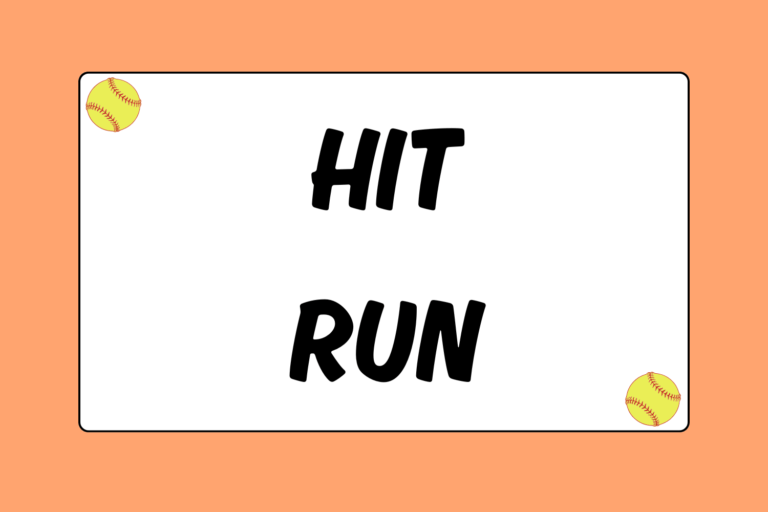In softball, a well-thrown change-up can easily easy make batters look foolish if they aren’t prepared for it. Watching a teammate swing before the ball even gets to the plate can be heart-wrenching, especially if the game is on the line. Don’t let that be you! Keep reading for tips on how to hit a change-up.
Know Your Count
Most of the time, you should be able to anticipate that the pitcher is going to throw a change-up; there are even certain scenarios that just beg for it. But if you’re unsure about which situations call for a change-up, here are a few signs to watch for:
- It’s the pitcher’s go-to pitch (if she’s thrown lots of change-ups already).
- You have one or two strikes on you and less than three balls.
- The pitcher is overpowering and caught you swinging for the fence too many times without actually making contact.
- You’ve been caught swinging early multiple times.
Of course, you always want to be looking to steal their sign, too.
Change-up Hitting Tips
If you are on the right side of the box, your pitch count should weigh heavily on what you do if you see a change-up:
- If the first pitch is a change-up, let it go! You still have two strikes left to toy with.
- If you have one strike on you, it’s completely up to you. However, if you are going to swing, make sure you aren’t swinging so hard that you’re spinning around in the box!
- If you have two strikes on you, you need to swing.
In order to familiarize yourself with the change-up, here are two different examples of how batters react to this pitch. The first example is of a batter who has successfully anticipated that the pitcher is going to throw it:
- She gets into the box and into her ready position.
- When the pitcher’s arm swings back, she triggers and loads her swing.
- As the ball is being released, she notices the spin on the ball is a lot slower than normal. Rather than starting to turn her hips right then, she waits a second longer to allow the ball to get closer to her.
- When the ball is nearing the plate, she turns her hips, throws her hands and makes contact with the pitch. Her follow-through is high and hard.
Next is an example of a batter who is almost fooled by the change-up, and has already started her swing as the pitch approaches her:
- She gets into the batter’s box and gets into her ready position.
- As the pitcher swings her arm back, she triggers and loads her swing.
- As the pitcher’s arm nears her hip to release the ball, the batter starts her swing. She starts turning her hips and only when her back foot is pivoted and her hips are turned does she realize a change-up has been thrown.
- Instead of swinging way too early, she waits and keeps her hands back. Her swing is half done, but that’s okay. She can recover.
- When the ball nears the front of the plate, she throws her hands at the pitch and gets full extension. She uses what last rotation she has in her hips as she follows through. Then she runs!
Both batters can be successful! If you are more similar to the second type of batter, use what strength you have to muscle through the ball. If you have to swing, you might as well give it your all! Just make sure you get complete extension and have a strong follow-through.
Mental Edge
In softball, the speed of the pitch supplies most of the power behind each hit. Since a change-up lacks speed, you have to supply the power. Quick bat speed, being able to throw your hips hard, using your legs, and having a high follow-though are all ways to increase the power of your hit when you’re hitting a change-up.
Practice!
Everyone needs to practice hitting the change-up. One of the easiest ways to practice hitting change-ups is to use a tee:
- Set up the tee for a down-the-middle pitch (you can move it around once you are comfortable).
- Get into your stance and start your swing.
- After you rotate your hips, pause. Notice that your hands are still back, but your hips have started to turn and your back foot has pivoted.
- Then throw your hands at the pitch, using what rotation you have left in your hips, and swing hard. Make sure you get full extension and have a strong follow-through.
Patience is a Virtue
Now that you know how to hit a change-up, you should never be afraid to see one! If there are two strikes on you, you have the green light to hit it, so go all out! Whatever you do, remember to keep your hands back. Nothing will come of being too antsy and swinging for the fence before the ball has even reached the plate!





